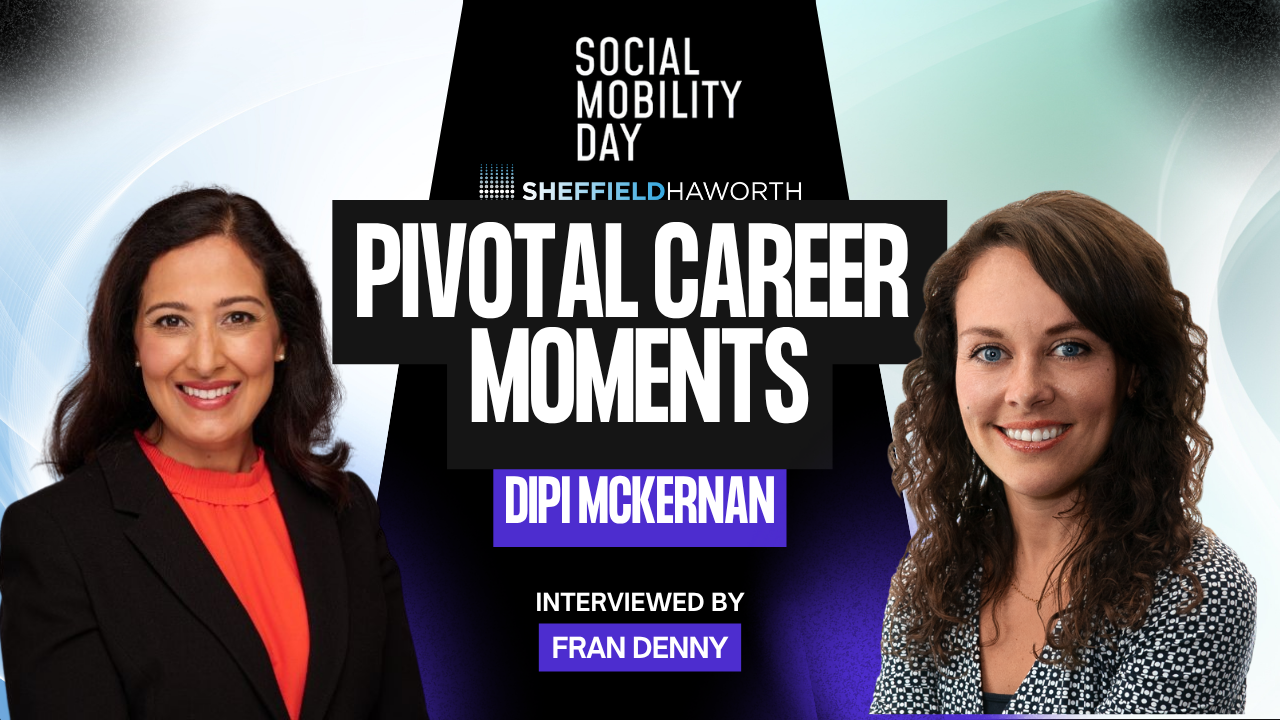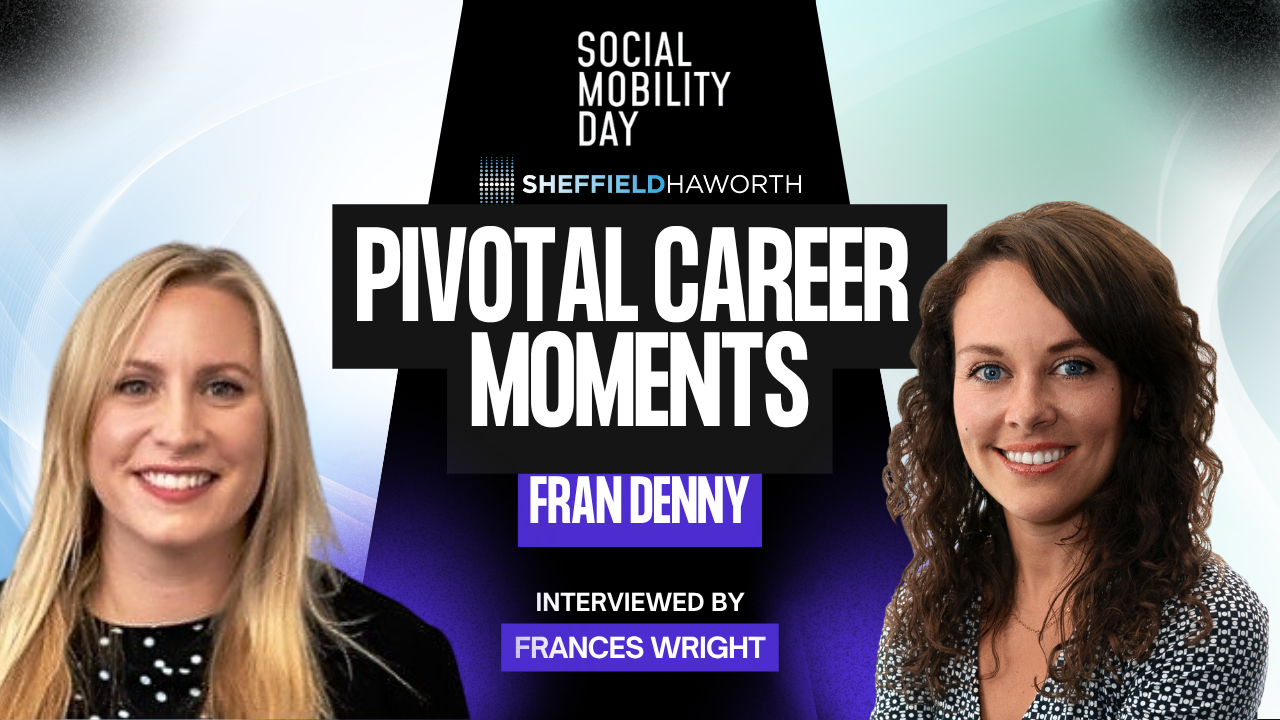Too many organisations aren’t giving physical impairment the focus it needs to overcome the stigma and increase representation – so what can you do to ensure you don’t fall into the same trap?
By Sahana Gabriel, Associate Consultant, Sheffield Haworth Australia
More than one in six people in Australia have a physical disability. Globally, estimates vary at between one billion and two billion people, or between 15% and 37.5% of the world’s population. Yet despite how common physical impairment is, there is still a stigma attached to it. This stigma can be extremely harmful for people’s employment prospects – and that’s putting it mildly.
As recently as last year, the US Bureau of Labor Statistics found that the unemployment rate for people with disabilities was more than double that of those without. During one executive search project where I was specifically tasked with seeking out candidates with physical disabilities, those candidates told me they typically don’t disclose their disabilities when applying for jobs, as this is a barrier to getting hired, or even getting to the interview stage.
“Too many companies hold themselves back when it comes to hiring people with disabilities.”
According to this TEDx talk on disability integration in the workplace from entrepreneur and HR consultant Lesa Bradshaw: “We see people’s disabilities, and we judge their abilities based on that… The problem in the workplace is, if you have low benchmarks, then you don’t see the value that person can actually add to your organisation.”
As an article in the Harvard Business Review puts it: “… too many companies hold themselves back when it comes to hiring people with disabilities. They see hiring (some) persons with disabilities as being ‘the right thing to do’ but do not see it as part of a talent strategy that will benefit the company and outweigh what they see as the potential expenses and risk.”
Why are we not talking about this?
If those with physical impairments are not discriminated against, why are they given such little attention in the overall conversation around DEI (diversity, equity, and inclusion)?
Ms Bradshaw – who was born with Spinal Muscular Atrophy – explains this disparity well in her TEDx talk, saying: “We’ve spent a fortune as companies promote diversity… gender and race adds to our value. We can’t judge people based on our stereotype understandings. So why is it that people still approach me with that sing-song pity voice and give me the cognitive ability of a five-year-old?”
“When it comes people with physically impairments, there is no proactive drive to increase representation.”
It’s common for companies to be proactive around hiring for gender or ethnic diversity, but this is almost unheard of when it comes to physical impairment. The project I mentioned above was the only one in six years when a client specifically asked for candidates with disabilities.
As part of the Sheffield Haworth Physical Impairment Group, we regularly discuss this challenge and what to do about it. In short, I think there are three things that companies need to do if they want to become more inclusive of people with physically impairments.
1. Increase your awareness
As we’ve already discussed, physical impairment just doesn’t get the same kind of attention given to gender, ethnicity, neurodiversity, LGBTQ+ representation, or even cognitive diversity. On the whole, companies are actively seeking to improve their diversity in these areas. They ask for more diverse slates of candidates using these criteria. When it comes to physical impairment, that’s simply not the case.
You probably have a target for female representation in your organisation, or a target for increasing the percentage of people of colour in your workforce. Do you have a similar target for those with physical impairments? If not, why not?
Do you have an employee resource group for existing employees with physical impairments to highlight current challenges and possible solutions to them – or to come up with ideas of how to become more attractive to new employees with physical impairments? If not, why not?
2. Communicate your commitment
If you are committed to equity and inclusion for people with physical impairments, are you communicating this? There are several ways you can do this, for example by:
- Including a statement about your commitment to inclusion of people with physical impairments on your website
- Reviewing your contracts and procedures to remove unconscious bias – and communicating that you are doing that
- Publishing a commitment to increasing your percentage of employees with physical impairments
- Adding a statement to your job specs and postings saying something like: “We’re an inclusive employer and we encourage people with physical impairments to apply.”
- Interviewing existing employees with physical impairments and highlighting their contributions to the company via regular blogs or LinkedIn posts
3. Train your managers
It is a given that you as an employer have to make reasonable adjustments for employees with physical impairments, such as installing a ramp for a wheelchair users or an audio-visual fire alarm for employees who are deaf or hard of hearing.
What is more important is training managers to increase their awareness of the needs of people with physical impairments. After all, not everyone’s physical impairment is visible or obvious. One person with serious back issues may need to get up and stretch every 30 minutes. An employee with type 1 diabetes may need to inject themselves with insulin several times during the workday.
“Managers must develop empathy, understanding and flexibility when it comes to their employees with physical impairments.”
These are just a couple of examples. The point is that managers must develop their empathy and ability to be flexible or understand their needs. Just as the parents of young children have been (typically) given more consideration when it comes to working from home, and just as (most) employers are now taking mental health more seriously in the wake of Covid lockdowns, so must managers and senior leaders become more aware of and responsive to the needs of employees with physical impairments.
The best way to ensure that this happens is to look into specific courses and training programmes. How you treat your people at work is key to how inclusive they feel you are. So, if you do intend to take physical impairment seriously, I would encourage you to seriously consider management training.
People with physical impairments deserve respect too
In the end, just as with mental health, becoming more diverse, and increasing gender representation, being aware of the challenges involved – or even that there are challenges that need to be addressed – is the first step. As long as you are respectful of people’s differences, these issues can be solved with some understanding and focus.
Why people with physical impairments receive less attention in the DEI conversation than several other groups remains a mystery. But if you’re serious about DEI, this is a part of the conversation you need to be having too.


















